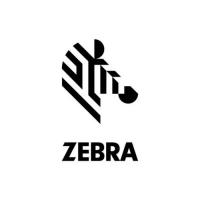Mobile Printer CPCLProgramming Manual P5-5
that only contains the data, the compression scheme,
and the checksum without all the extra zeros. For our
example, the bar code would decode to 1056707. Please
refer to the UPC Symbol Specification Manual from the
Uniform Code Council for more information on zero
suppression.
UPC-E and EAN8 bar codes have a few restrictions.
First, the number system character must be set to 0.
Number systems 1 through 9 do not support UPC-E and
EAN8 bar codes and may not be decoded by a laser
scanning device. In case your application requires it, the
number system may be set to something other than 0.
Second, if the programmer supplies a checksum digit, the
printer will create the bar code with that check digit,
even
if it is incorrect
. If the check digit is incorrect, most laser
scanning devices will not be able to decode the bar code.
Therefore, the programmer may send six digits (no num-
ber system, no checksum), seven digits (number system,
no checksum), or eight digits (number system and
checksum) and create a bar code.
Plus 2 and plus 5 bar code extensions are only used
for periodicals and paperback books. Specifically, the bar
code specification states that the plus 2 extension should
only be used for a periodical issue number. The plus 2
and plus 5 extensions do not contain any checksum
according to the bar code specification.
To create an extended bar code, place a space be-
tween the data that should go into the UPC/EAN bar
code and the data that should go into the extension. You
can also use the PLUS2 and PLUS5 bar code types to
create the extension separately. Remember to leave
ample space (about 9 times the ratio) between the UPC/
EAN bar code and the extension.

